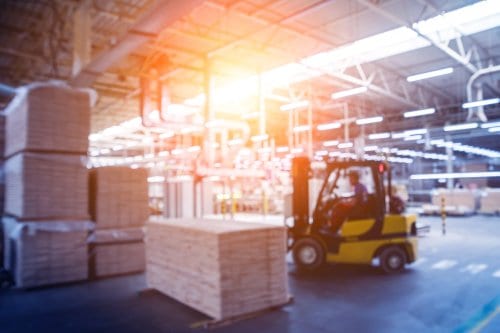Warehousing and Logistics Security Solutions

Warehouse and logistics security underpins the efficient function of every commercial business. Protecting company assets and resources is central to avoiding supply chain disruptions which result in financial losses. The IBIS Warehousing Industry Report assessed the warehousing industry in Australia at $5.28 billion dollars with a predicted annual growth of 4.5% in 2022. [1]
It is important to minimise losses and operational inefficiencies by establishing physical barriers, patrols, and electronic monitoring to protect assets and ensure safe and reliable security operations.
There are several ways to do this.
Physical security officers, consisting of patrolling and static guards, control room operators and escort officers form the basis of securing warehousing vicinities and goods within, and deterring unauthorised access.
Securities officers serve to guard the premises and report unusual behaviours and occurrences onsite. Officers conduct ID checks, inspection of vehicles and cargo to check for seal tampering and recording the movement of cargo and monitoring GPS tracking. Proactive patrols attend check points to inspect locks, doors, and windows.
These measures are reinforced using technology such as vehicle plate recognition software and CCTV systems to manage and supervise the access of staff, contractors, visitors, and vehicles onsite. CCTV systems are monitored by control room operators to deliver vigilant and accurate reporting and recording of any issues and event as they occur. This includes alarm monitoring which is an essential element to alert officers if a facility has been exposed to unauthorised access.
Securing cargo, warehouse inventory and valuable consignments utilising technology to audit deliveries and report discrepancies. Inventory tracking through RFID technology enables greater visibility of the stock and helps to prevent loss. Documentation consists of predelivery and post-delivery audits.
Warehouse and storage facilities, transport and logistics are governed by specific codes of practice and legislation.[2] It is important for security staff to be trained in industry standards and regulations to ensure compliance and best practice.
Supply chain issues are still continuing as we move through the post pandemic era[3], so it is more important than ever to secure warehouses and storage vicinities, whist securing and managing freight operations and procedures. Urban Protection Group offers transparent, efficient, adaptable and sustainable solutions that protect warehousing vicinities and supply chain logistics on several fronts. We customise and scale our services to our clients’ needs, because we recognise there is not a “one size fits all” solution.
Need More Information?
Contact us to see how we can help protect you and your assets…
[1] Caldwell J, Ibis World Industry Report I5309, General Warehousing and Cold Storage in Australia, April 2021
[2] https://business.gov.au/planning/industry-information/transport-postal-and-warehousing-industry#legislation-standards-and-initiatives
[3] https://www.theguardian.com/australia-news/2022/feb/13/australias-supply-chain-issues-likely-to-continue-despite-drop-in-covid-cases
